Brown Chicken Brown Cow: The Many Delights of Food Porn
When you're in Berlin, currywurst is one of the best meals you can have.
Image | Trish Feaster
There’s something so evocative to me about pictures of food and the power they have to vividly remind me of mouth-watering meals and moments that I’ve had on my travels. I can look at my culinary photos and remember exactly where I was, the scent of the dish just placed in front of me, and the way the flavors open up on my pallet. The best currywurst I ever had was in Berlin, just a few blocks from Under den Linden. When I look at the photo of that dish—a steamed-then-fried, plump pork sausage laden with a tangy yet sweet blend of ketchup, curry powder, and Worcestershire sauce, protected by a crispy and salty French fry fort, and accessorized by caramelized necklaces of onions—my mouth just waters. And I’m reminded that over sixty years ago, in West Germany, because of the kindness of some British soldiers, a Berlin chef was given these now-seemingly common ingredients and invented this saucy recipe that is now served over 80 million times a year in Germany. Food, especially when you’re traveling, is not merely about sustenance and nutrition. It’s about the culture of the place.
Countries reveal themselves through their foods. Regional specialties are shaped by the climate, season, and terrain of the area. In France, many pair their wines with cheeses from the same region because they’re designed to go together. They have a common terroir (the idea that agricultural products and even livestock from a particular area are influenced by the geography, geology, climate—coupled with human tradition and pride—and are therefore embodied with flavor characteristics that are particular to that region), so their flavors complement one another. Italians would call that buon sposito or a good marriage. In Italy you’ll find that Northern specialties tend to feature creams, cheeses, butter, beef, and pork (although seafood is common on the coasts as in Liguria or the Veneto) while Southern dishes often spotlight seafood, vegetables (particularly tomatoes and eggplant) and olive oil. Spain’s northwestern coastal region of Galicia is heralded for its seafood and sauce-laden dishes, while its central mountainous and agricultural region of Castilla-Léon dominates in the preparation of pork, beef and game dishes, as well as stews.
Sure you can get seafood pasta practically anywhere in Italy, but there’s nothing like a meal that’s fresh from the sea in Venice.
Image | Trish Feaster
National cuisines are also spiced up by newer immigrant cultures melding with established ones (whose modern-day traditions were also shaped long ago by conquerors and visitors of ages past). Döner Kebabs (Turkey) are found on practically every other corner in Berlin. Bun Thit Nuong (Vietnam) and Tagines (North Africa) are commonplace in Paris, and Chicken Tikka Masala (an Indian-influenced recipe) is actually considered to be Britain’s national dish. Culinary diversity reflects cultural diversity.
Bun Thit Nuong (Vietnamese noodle salad with BBQ Pork) and Nems (egg rolls) are a filling feast for many Parisians.
Image | Trish Feaster
The same is true in America. Our varied regional staples range from New England clam chowder to Texas BBQ, from Wisconsin cheeses to California avocados, and from Idaho potatoes to Hawaiian poi. And even within regions, influences from cultures, as well as lifestyles, have helped impacted the ever-changing American cuisine scene. Throughout our history, our diets have been shaped by the British, Native Americans, Spaniards, the French, Germans, the Dutch, African cultures, Italians, the Irish, Latinos, Asians, Caribbean cultures, Jews, Indians, Middle Eastern cultures, and by so many others. Within and beyond specific cultural cuisines, we also have foods that cater to the health-conscious, the gluten-free clientele, low-carb eaters, vegetarians, people on low-sodium diets, foodies, those who only eat organic foods, and so on, and so on. “Fusion” foods are ubiquitous, food trucks are all the rage, and desserts are practically considered their own basic food group.
Danke schön to the German and Dutch immigrants for bringing coffee cake to the United States.
Image | Trish Feaster
Foods can remind us of the struggles of our forefathers. When times were tough and resources scarce, families made due with what was available. In Estonia, harsh living conditions due to weather, the tumult of living under the rule of at least five different foreign countries, and collective farming systems under Communist rule that exported Estonian products to other Soviet countries often left people in precarious circumstances without much access to wealth or food. But one thing remained essential, even sacred, to Estonians – black bread. It is always served with a meal. No Estonian would dare complain about the bread saying it’s too hard or too dry, and if a piece fell to the floor, one would pick it up, kiss it to show respect, and eat it. In fact, instead of saying something like Bon appétit, Estonians say jätku leiba—may your bread last.
Hearty rye black bread is served with every Estonian meal. Jätku leiba—may your bread last.
Image | Trish Feaster
We, too, can think of our family traditions and realize the crucial role food plays in our own cultures. In my own family and throughout the Filipino culture, we have stories of limited access to certain foods due to poverty, war, or unavailability. Because of that, it’s ingrained in us to always share what we have and to insist that our guests eat heartily. When you can provide, you do so to the best of your ability because one day you may be in need and have to rely on the generosity of others. Whenever I go to any of my relatives’ houses, the first question they ask isn’t “How are you?” It’s “Did you eat yet?” And I’ve never left a Filipino party without the host insisting that I baon (BAH-ohn) some of the dishes or take some home as leftovers.
Did you eat yet? You can take some home for baon.
Image | Trish Feaster
When you consider what you consume, whether you’re traveling across the sea or across the street, think about the history behind that meal. Let it be a bridge into that culture—culture resides at the hearth as much as in the museum. Think about where the ingredients came from or how they were cultivated/harvested/raised/processed. Reflect on why that dish became important to that region, why it became popular outside of that locale or why it’s part of the national cuisine. Ponder why it may be considered a delicacy in the country you’re visiting but not in your own and why that distinction exists. There may be a real history, tradition, and culture behind that meal, and when you become more aware of that, the food takes on a whole new cultural flavor that makes your dining and travel experience that much more pleasurable.
Capturing a photo of the meals I enjoy isn’t just about capturing a culinary memory. It’s a way to add another layer to how I learn to understand and better appreciate the culture of the place I’m visiting through food. Create your own food porn to stoke memories and gain better insight into the cultures your explore. You're not just eating something tasty...you're ingesting a piece of that very culture. With an understanding of the context of what you're eating vis-à-vis the people who made it, you are, in a sense, communing with that culture. And that's well worth the calories.
Can't get enough food porn? Check out some of these finger-licking foods from around the world.



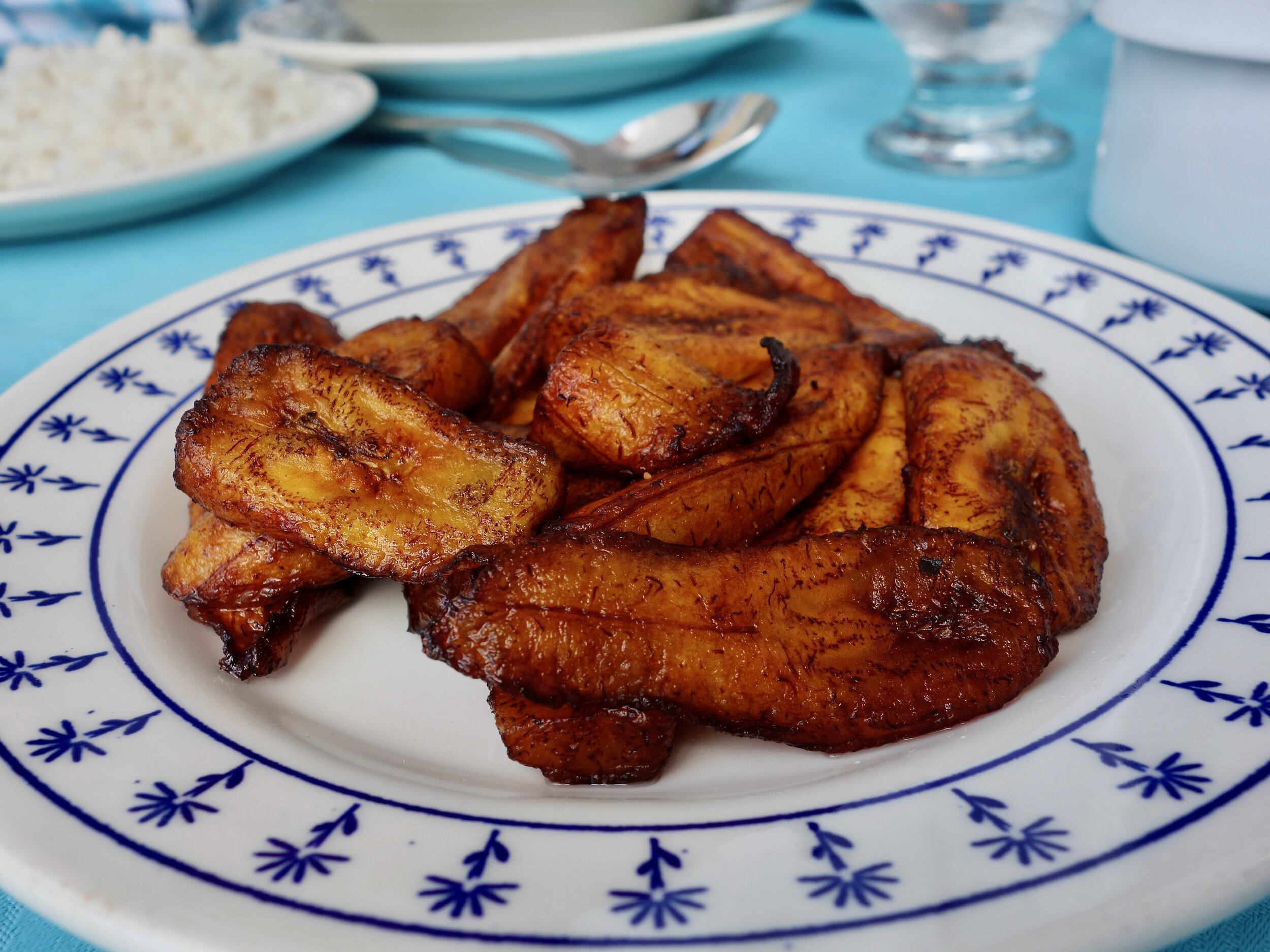

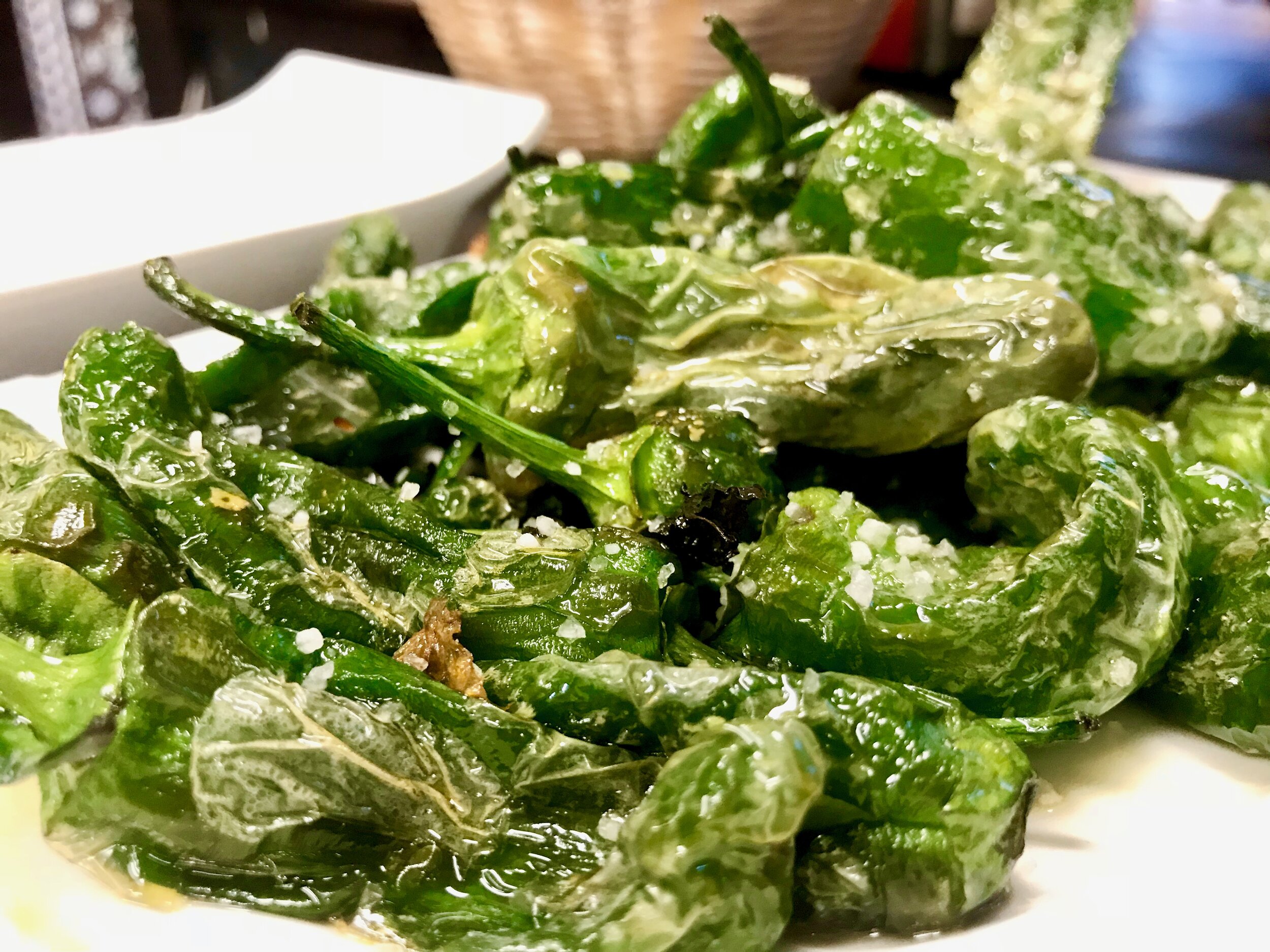
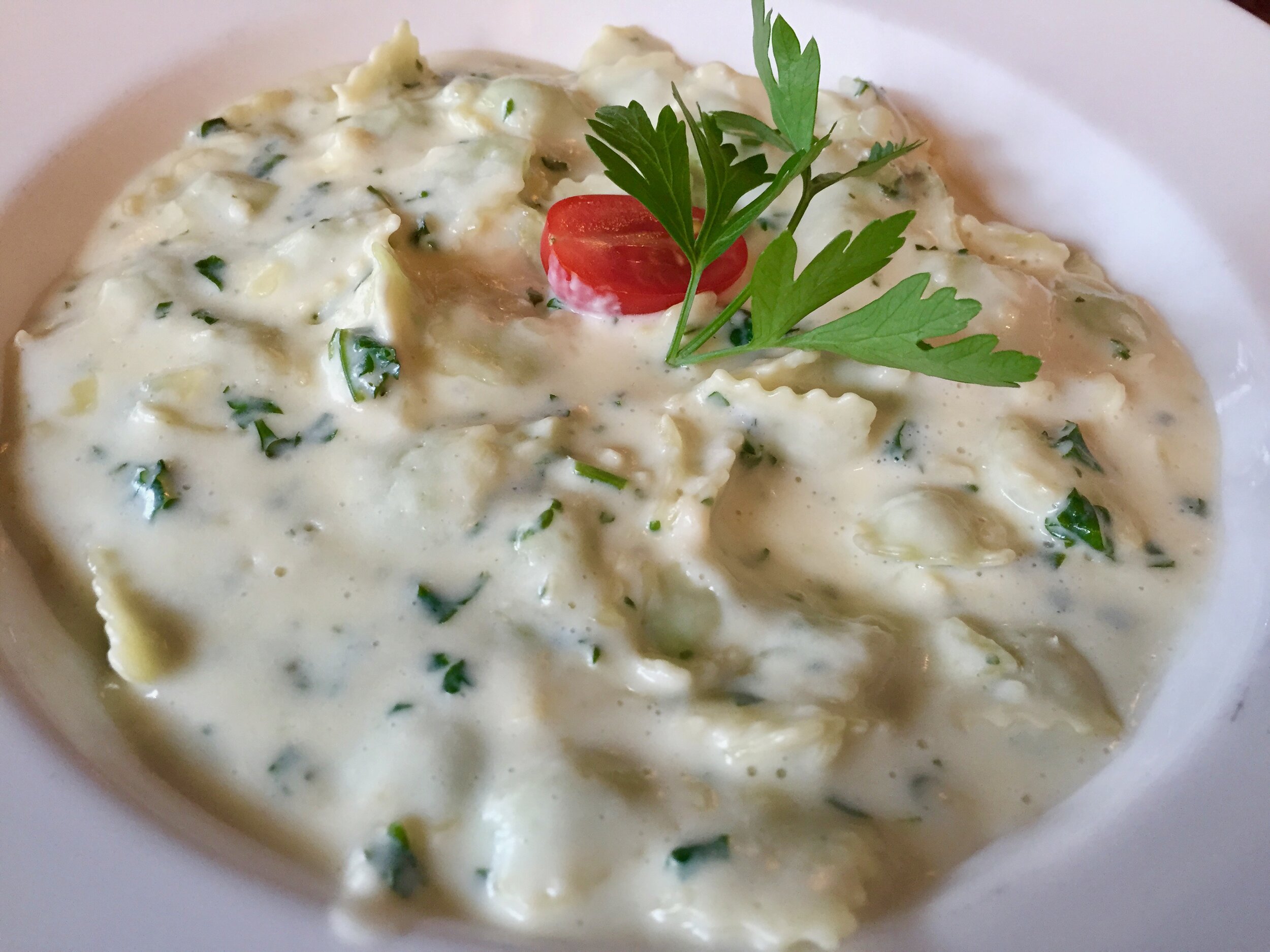

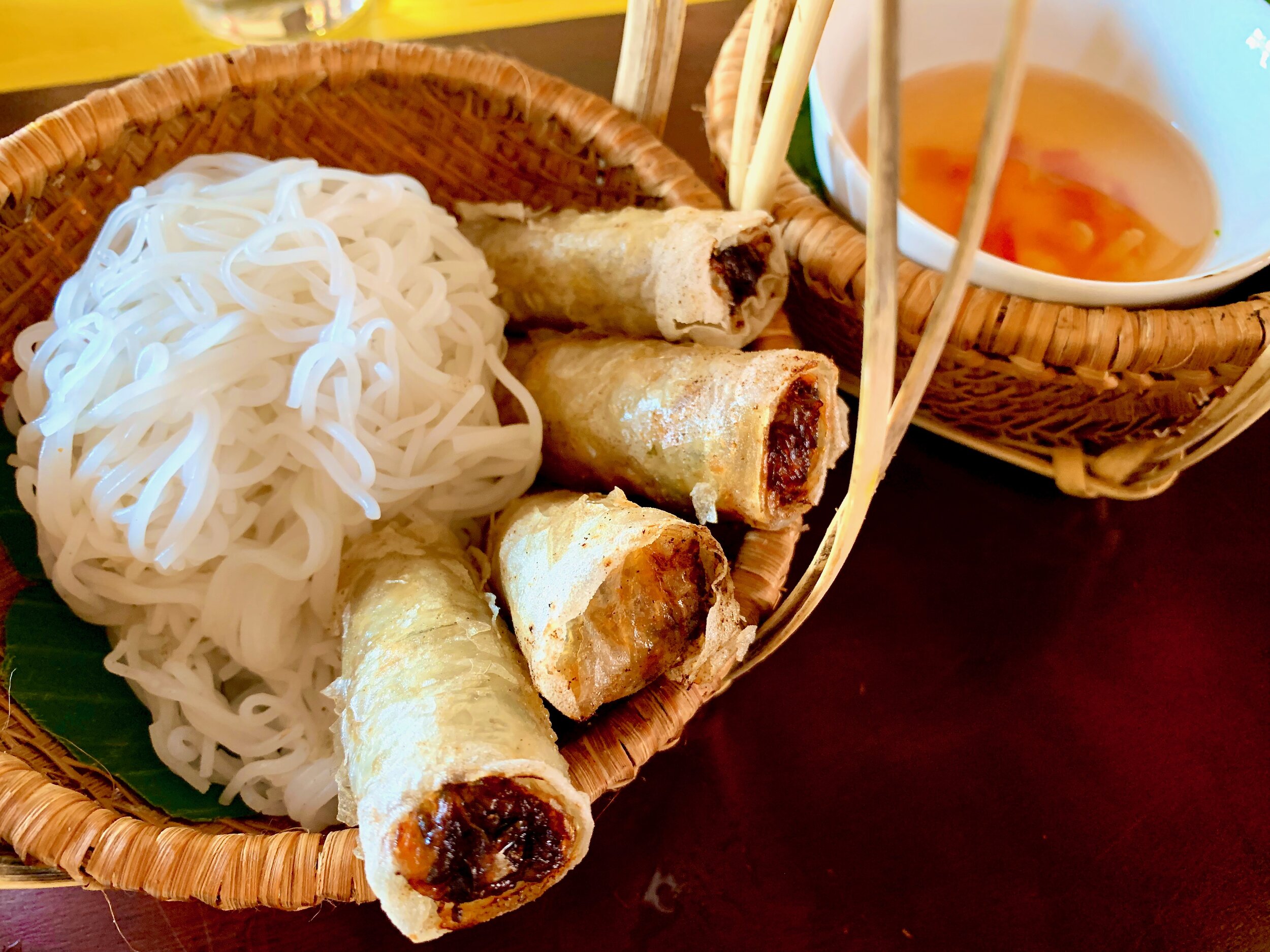
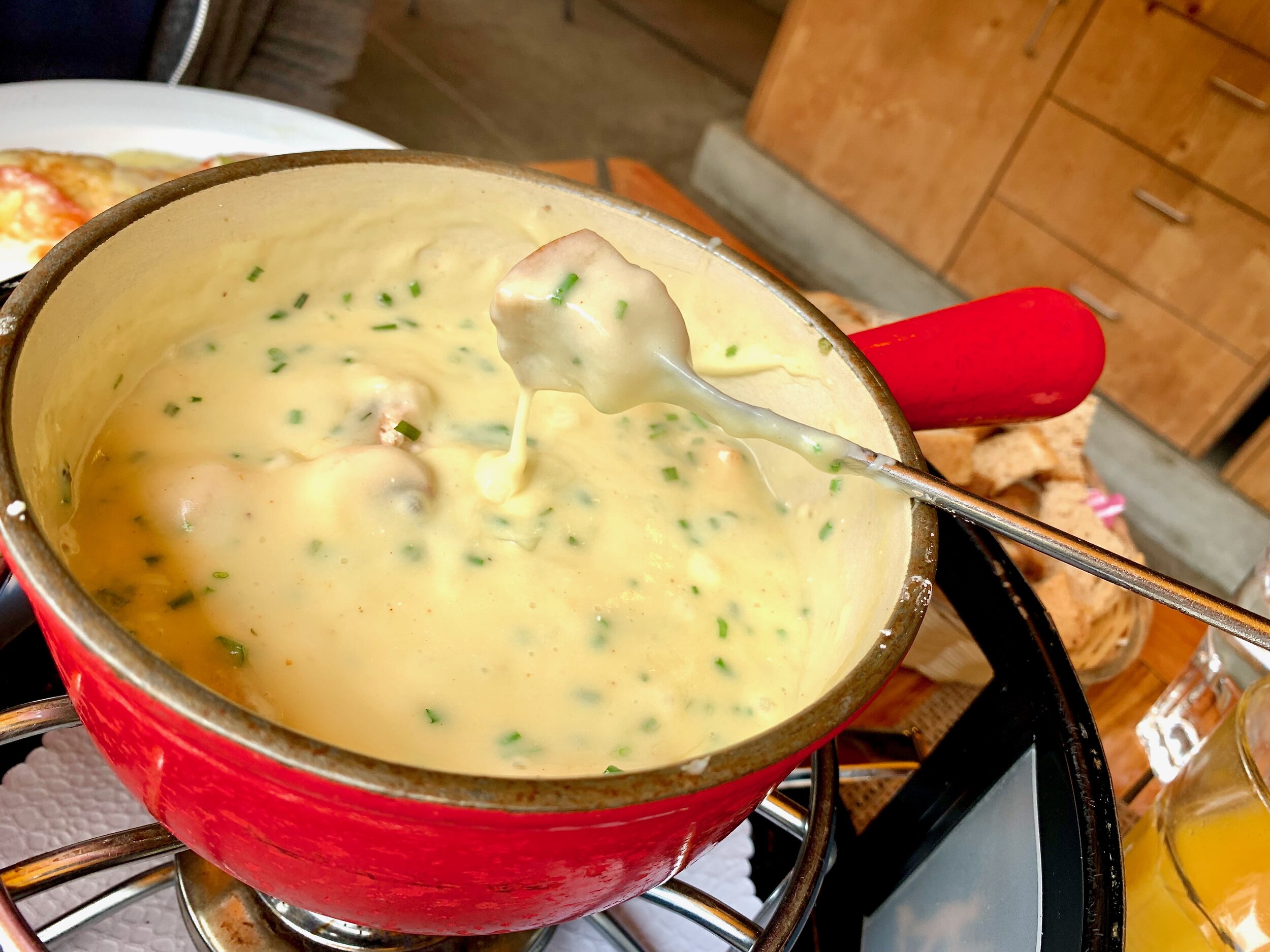
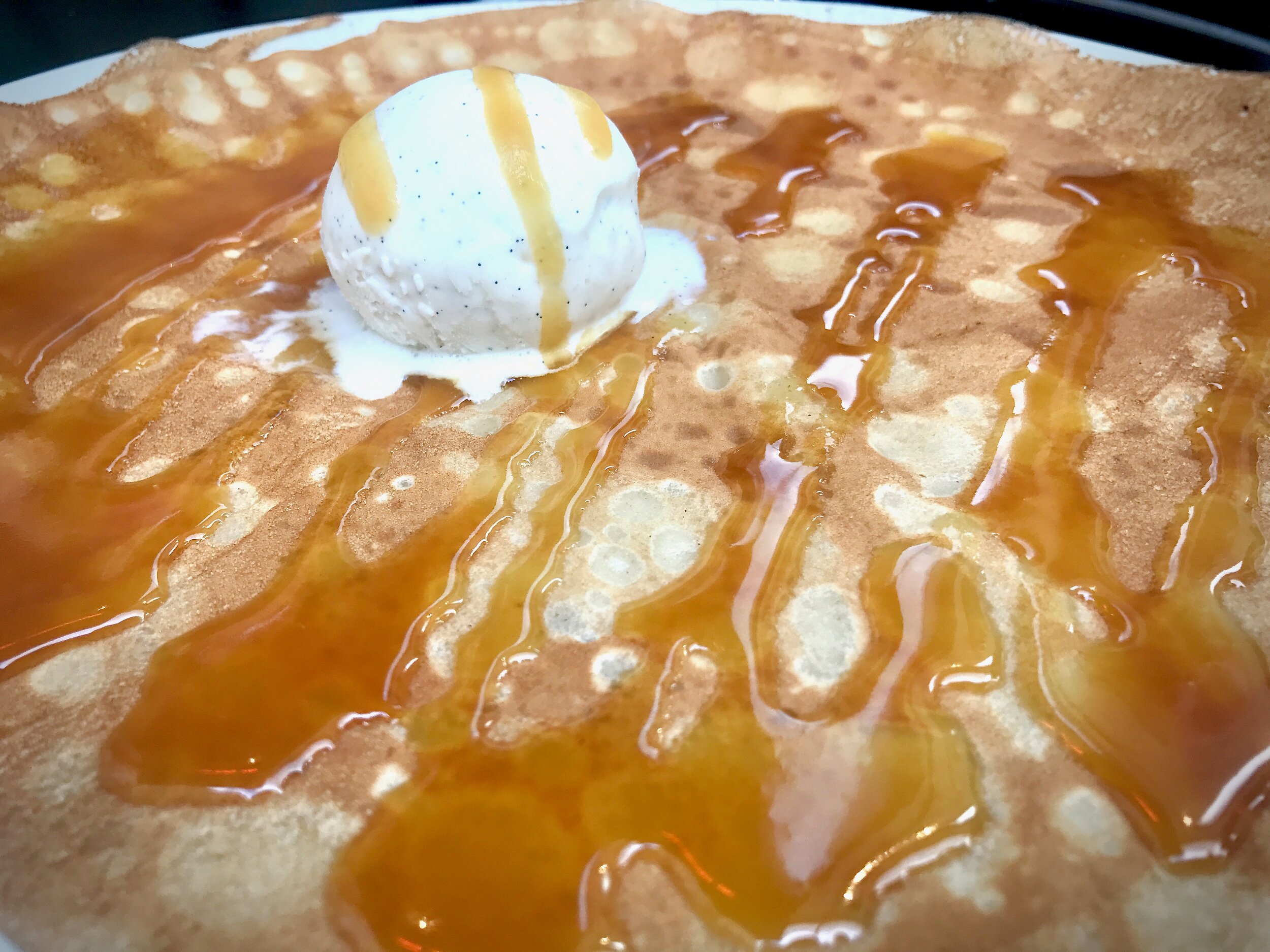
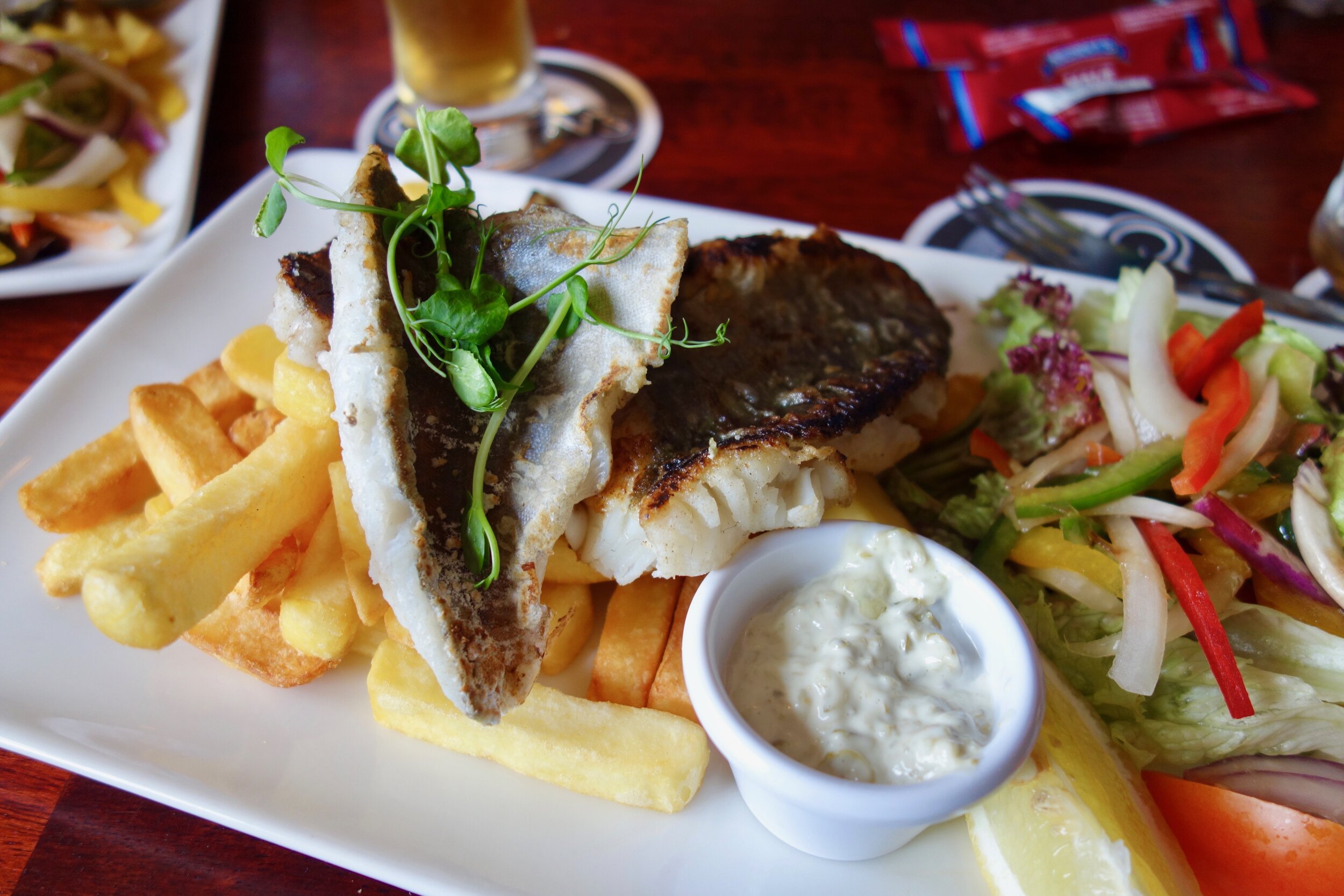
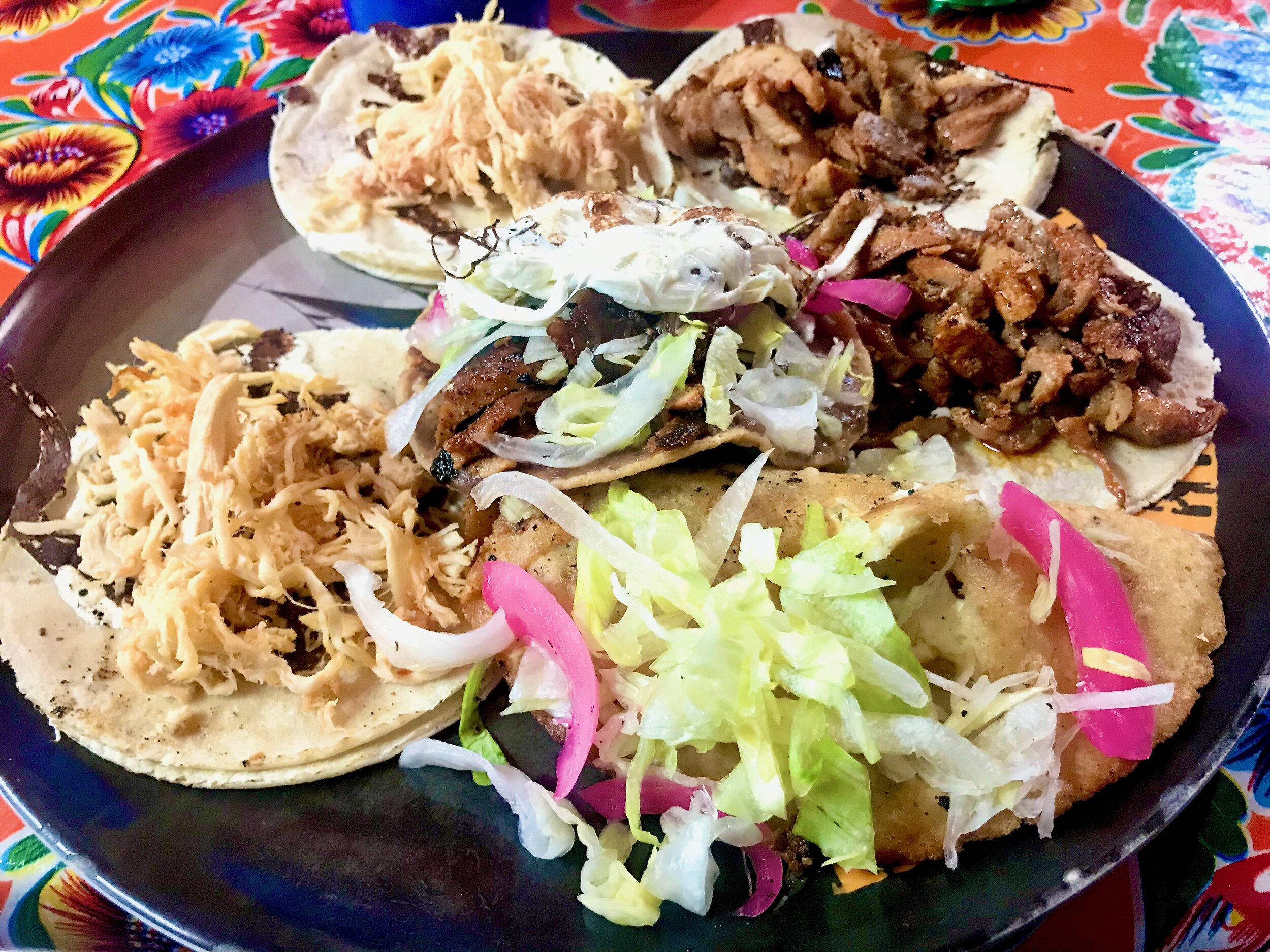
Images | Trish Feaster






